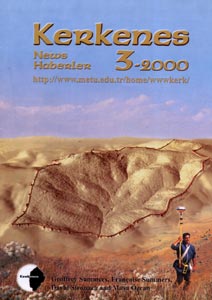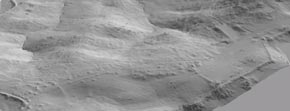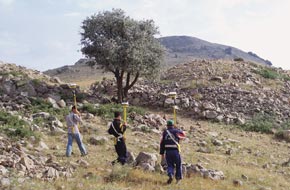| |
GPS Topographic Survey:
In 1997 Scott Branting initiated a highly sophisticated Global Positioning
System (GPS) survey. In 2000, assisted by Nurdan Atalan and Köksal Sanli,
Branting completed this essential component of the remote sensing program
at Kerkenes. The result is based on some 1,400,000 individual readings
obtained through intensive kinematic survey with 4600LS GPS Trimble
equipment. Most of the survey was conducted using one base station and
three roving receivers. The collected points, with an accuracy of ±10-20cm,
have been processed to form the basis for the terrain model that was
produced using ArcView 3D Analyst software.
(See: Scott Branting and Geoffrey D. Summers, 'Modelling Terrain: The
Global Positioning System (GPS) Survey at Kerkenes Dag, Turkey.' Antiquity
76, 2002.)
|

|
|





